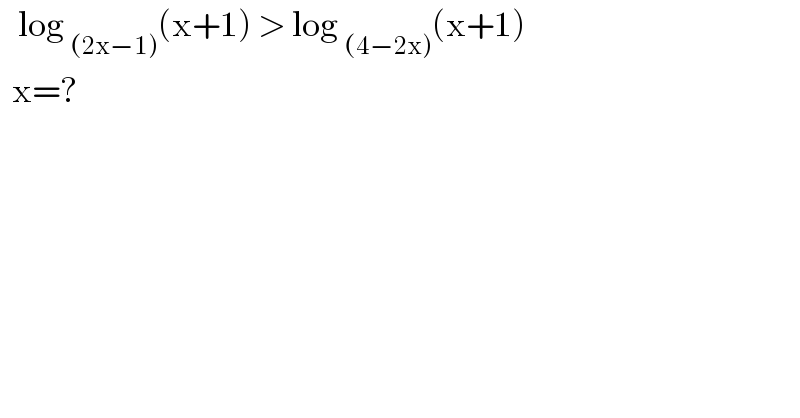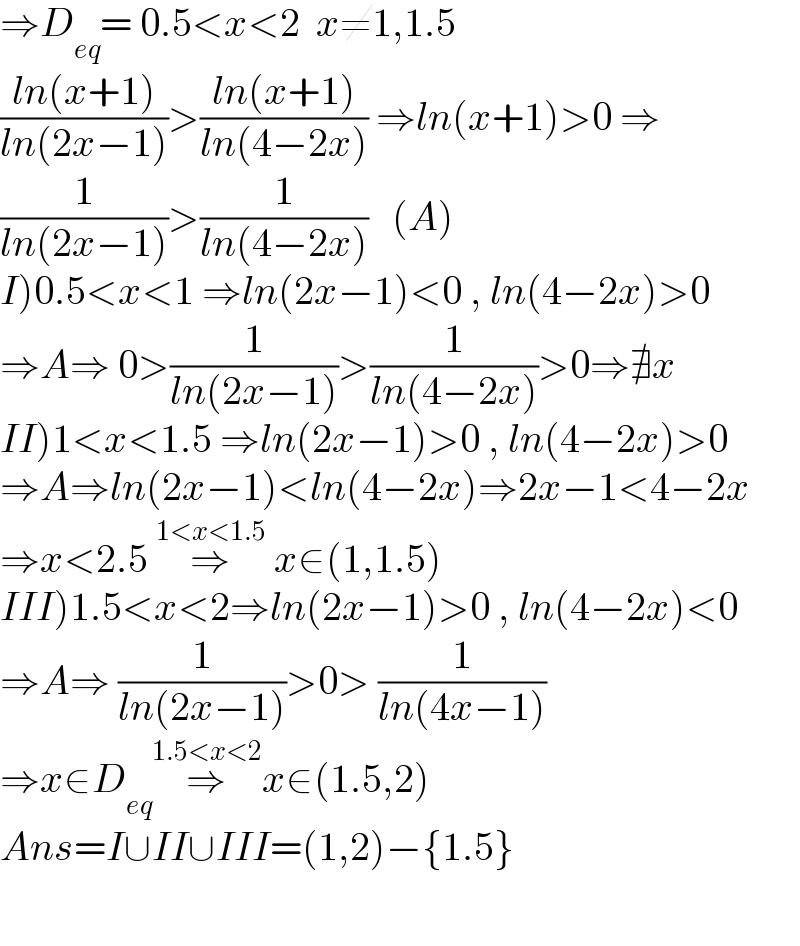
Question and Answers Forum
Question Number 166687 by cortano1 last updated on 25/Feb/22

Commented byNimatullah last updated on 25/Feb/22

Answered by mahdipoor last updated on 25/Feb/22

| ||
Question and Answers Forum | ||
Question Number 166687 by cortano1 last updated on 25/Feb/22 | ||
 | ||
Commented byNimatullah last updated on 25/Feb/22 | ||
 | ||
Answered by mahdipoor last updated on 25/Feb/22 | ||
 | ||
| ||